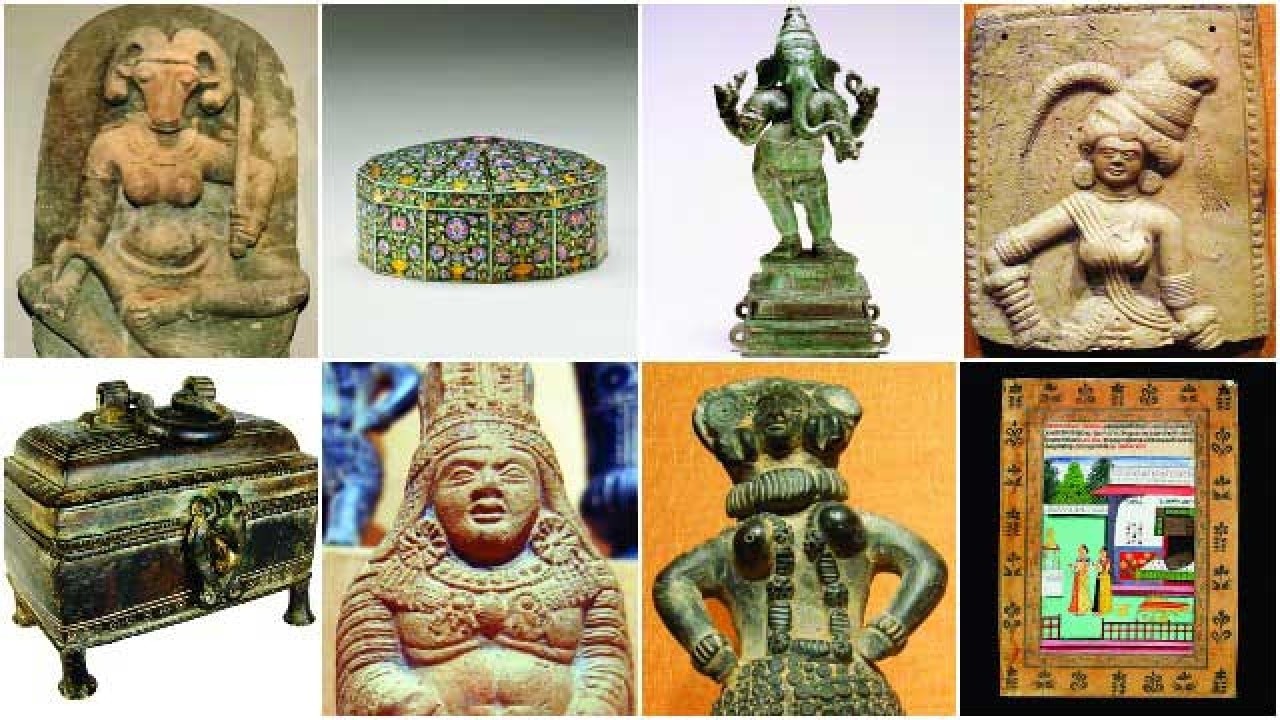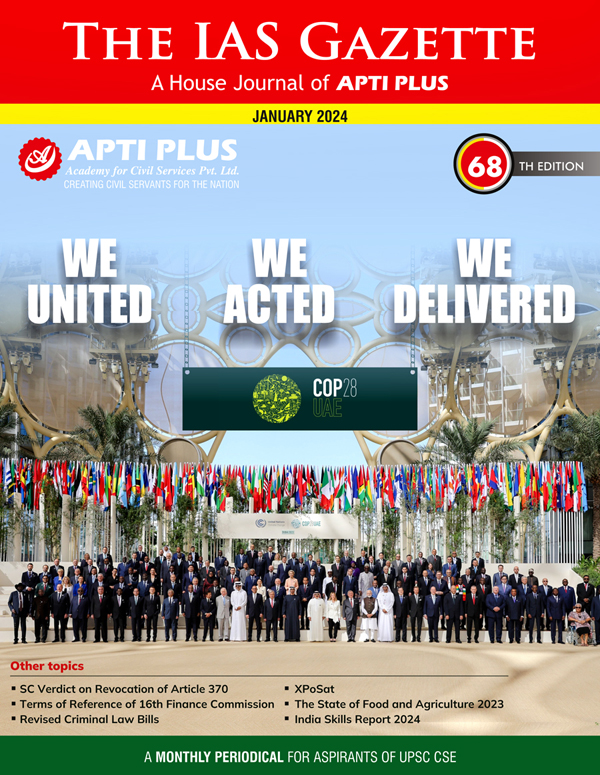
Disclaimer: Copyright infringement not intended.
Context
The issue of repatriating artifacts taken from Southeast Asia during colonial times is gaining traction, with European museums facing pressure to return looted treasures.
Details
Key Instances and Commitments
- Macron’s Pledge: French President Emmanuel Macron, during Cambodian Prime Minister Hun Manet’s visit, pledged support for returning Khmer artifacts and aiding Cambodia's National Museum expansion.
- Global Trend: Museums in France, Germany, and the Netherlands returned artifacts to former colonies, acknowledging past wrongs.
- UNESCO Convention: The 1970 UNESCO Convention is a legal basis for restitution, but it doesn't apply retrospectively, posing challenges for colonial-era artifacts.
Recent Developments
- Metropolitan Museum of Art: The New York museum's decision to return sculptures to Cambodia and Thailand has sparked renewed calls for repatriation.
- European Review: German and French governments allocated funds for reviewing African heritage objects, raising speculation about a similar scheme for Asian artifacts.
- Legal Basis: While the UNESCO Convention is a key legal instrument, some European countries consider national laws to govern artifact restitution.
Challenges
- Retrospective Limitations: The UNESCO Convention's non-retrospective nature limits its applicability to colonial-era artifacts.
- National Laws: Austria proposed legislation for the restitution of colonial-era objects, aiming to address acquisitions during colonialism.
- Political Opposition: Proposed laws in some countries face political opposition, complicating the legislative process.
Soft-Power Benefits for Europe
- Rebranding Opportunity: Returning artifacts provides a chance for Western governments to rebrand, signaling commitment to international law and reconciliation.
- Symbol of Good Faith: Repatriation becomes a symbol of acknowledging past wrongs and fostering improved relations with foreign governments and peoples.
- Soft Power Strategy: Scholar Cameron Cheam Shapiro suggests that returning collections represents a monumental step in Europe's soft-power strategy, particularly in regions with lingering anti-colonial sentiments.
EU’s Image and Apology Dynamics
- EU Resolution: A draft resolution in the European Parliament criticized the EU for insufficient efforts in recognizing and addressing colonialism's lasting effects.
- Dutch Apology: Dutch Prime Minister Mark Rutte apologized for the Netherlands’ occupation of Indonesia, linking the apology to the return of looted artifacts.
- Restorative Justice: Calls for a permanent EU body on restorative justice highlight the need for concerted efforts to rectify historical inequities.
Indian and International Laws
- The issue of antiquities abroad, their provenance, and repatriation has gained attention due to recent investigations revealing links to smugglers.
- Understanding the legal framework, both nationally and internationally, is crucial to address the challenges posed by illicit trafficking of cultural property.
Definition of Antiquities:
- The Antiquities and Art Treasures Act, 1972, implemented in India, defines antiquities as items with historical, artistic, or cultural significance, existing for at least one hundred years.
- Internationally, the UNESCO 1970 Convention focuses on cultural property with importance in archaeology, history, literature, art, or science.
Indian Legal Framework:
- Pre-Independence Laws: Before Independence, the Antiquities (Export Control) Act of 1947 mandated licenses for exporting antiquities.
- Post-Independence Laws: The Ancient Monuments and Archaeological Sites and Remains Act (1958) and The Antiquities and Art Treasures Act, 1972 (implemented in 1976) empower the government to regulate export and sale of antiquities.
- Provenance and Ownership: Provenance, listing owners from creation to the present, is essential. Ownership is proven through documentation, FIRs, and the UNESCO convention's requirements.
International Conventions:
- UNESCO 1970 Convention: Prohibits illicit import, export, and transfer of cultural property, emphasizing international cooperation for protection.
- UN and INTERPOL: Raised concerns on cultural property trafficking, highlighting its impact on countries' cultural heritage.
- Recovery and Return: The requesting party must provide necessary documentation and evidence to establish the claim for recovery.
Checking for Fake Antiquities:
- Under AATA, Section 14(3), owners must register antiquities and obtain certificates.
- The National Mission on Monuments and Antiquities registers antiquities to curb illegal activities.
Repatriation of Antiquities:
- Pre-Independence: Bilateral or international requests are made for items taken out of India before independence.
- Post-Independence (Pre-AATA): Bilateral efforts and UNESCO conventions aid repatriation for items taken between independence and AATA implementation (till March 1976).
- Post-AATA: India can use legal avenues and UNESCO conventions to easily retrieve antiquities taken out after AATA implementation.
Opportunities and Challenges:
- Recent Convictions: Cases like Subhash Kapoor's conviction provide opportunities to recover smuggled antiquities.
- Bilateral Efforts: Bilateral engagement is crucial for repatriation, as seen in the Maharashtra government's initiative to bring back Chhatrapati Shivaji Maharaj's sword from London.
- Global Cooperation: Strengthening international cooperation is essential to combat the increasing illicit trafficking of cultural items.

India’s Stolen Treasures Scattered Worldwide
India's Demands from the Netherlands:
- Artefacts from Golconda Kingdom: Hyderabad demands the return of 17th-century miniature paintings from the Golconda kingdom.
- Royal Charter: Calls for the return of a royal charter of the Chola kings, lost 300 years ago and currently at Leiden University in the Netherlands.
Recent Repatriations to India:
- From the UK:
- Return of three 15th-century idols of Lord Ram, Lakshman, and Sita stolen from a Tamil Nadu temple.
- Repatriation of a Natesha Shiva statue stolen in 1998 from the Ghateshwar temple in Rajasthan.
- From the US:
- Return of a set of antiques, including a limestone relief of Shiva and Parvati and a marble Apsara.
- Previous returns include a 12th-century bronze statue of Gautam Buddha.
- From Australia:
- Return of three "culturally significant" artefacts, including a pair of door guardians from the 15th century.
- Earlier returns in 2016 included a Nataraja statue and a 1,000-year-old stone sculpture.
Gallery for Returned Artefacts:
- Over 190 antiques confiscated and retrieved by India displayed at a museum gallery in the Purana Qila complex.
- Includes a standing image of Sridevi seized from the US, a marble sculpture stolen from a museum at Patan, and a 10th-century sculpture stolen from Uttarakhand.
National Treasures India Wants Returned:
- Kohinoor Diamond: India seeks the return of the world-famous Kohinoor Diamond from the UK, claimed by Pakistan, Iran, and Afghanistan.
- Tipu’s Wooden Tiger: Both India and Pakistan demand the return of Tipu’s Wooden Tiger currently displayed in a London museum.
- Buddha Statue and Ranjit Singh’s Throne: India wants the return of a 7.5-foot tall Buddha statue and the throne of Maharaja Ranjit Singh from the UK.
British Stance and Recent Pleas:
- Former British Prime Minister David Cameron opposed “returnism,” stating it would empty British museums.
- Recent calls for restitution intensified after the British Museum's tweet expressing solidarity with the Black community, prompting discussions about returning contested objects to former colonies.

Conclusion
The legal landscape surrounding antiquities is intricate, requiring a harmonized effort at the national and international levels. Proactive measures, legal frameworks, and collaborative endeavors are imperative to safeguard and repatriate India's cultural heritage.
MUST READ ARTICLES:
https://www.iasgyan.in/daily-current-affairs/antiques-repatriated-to-india
|
PRACTICE QUESTION
Q. The demand for the return of iconic artifacts, including the Kohinoor Diamond, remains a crucial aspect of India's cultural diplomacy. Discuss. (250 Words)
|
















